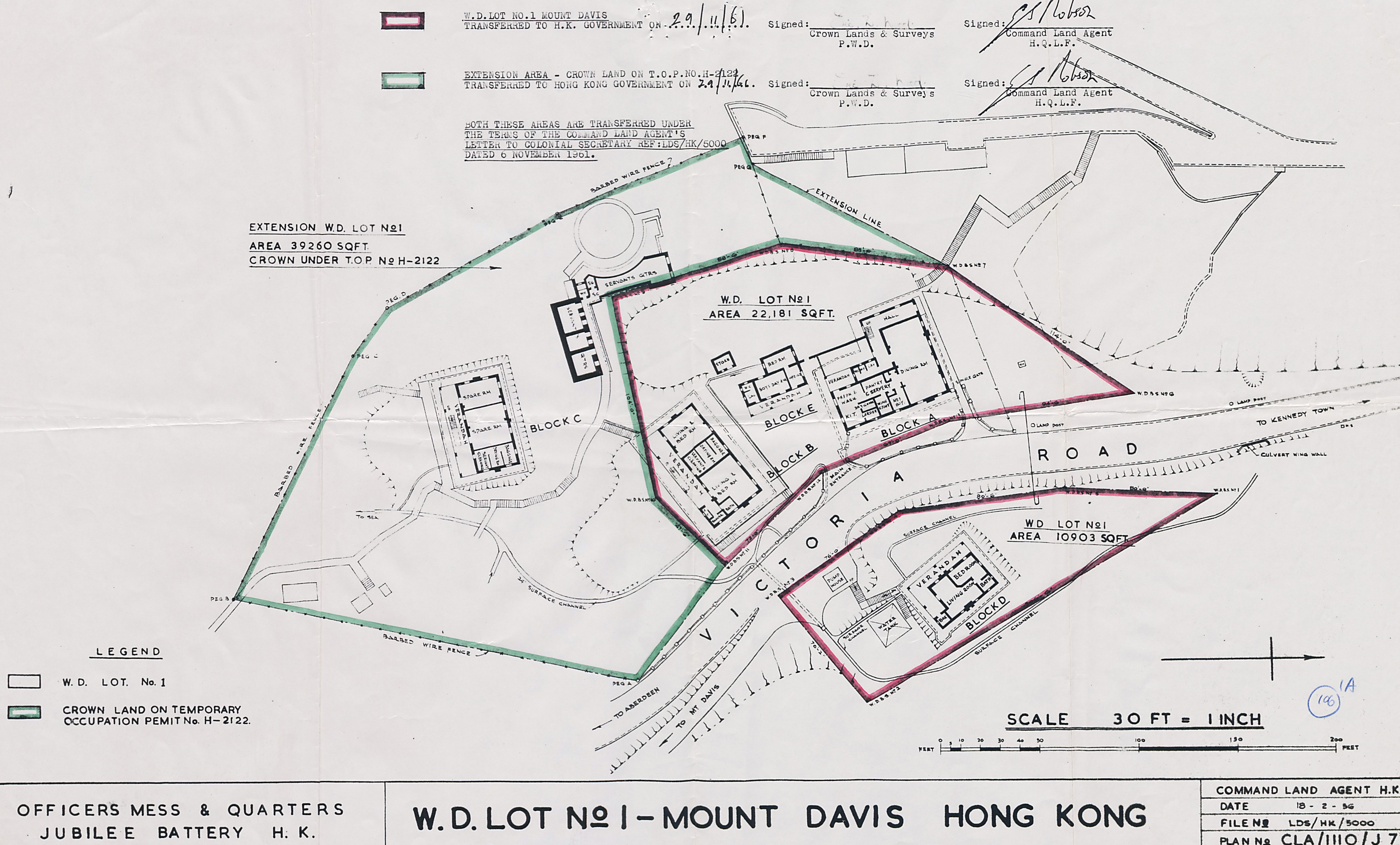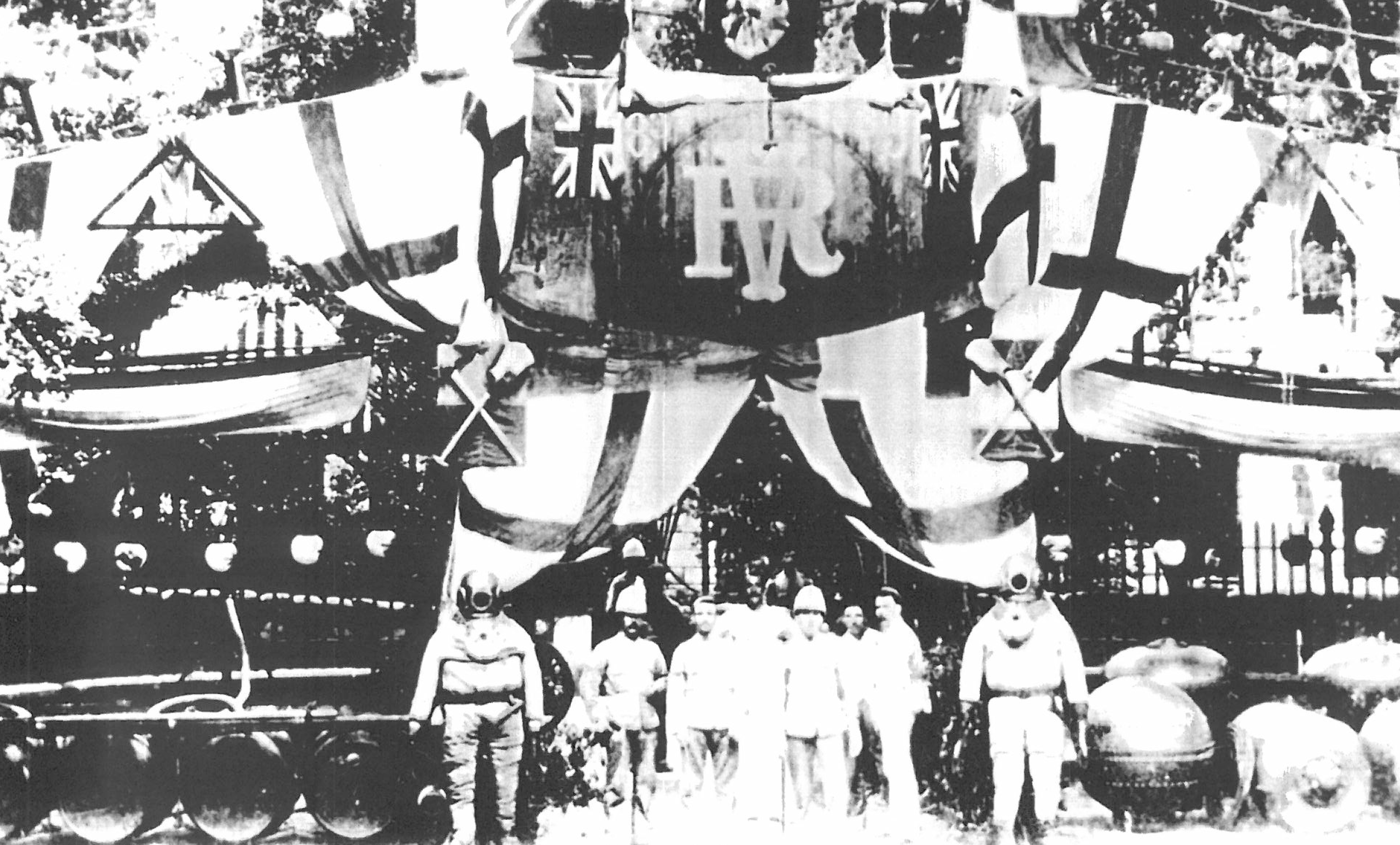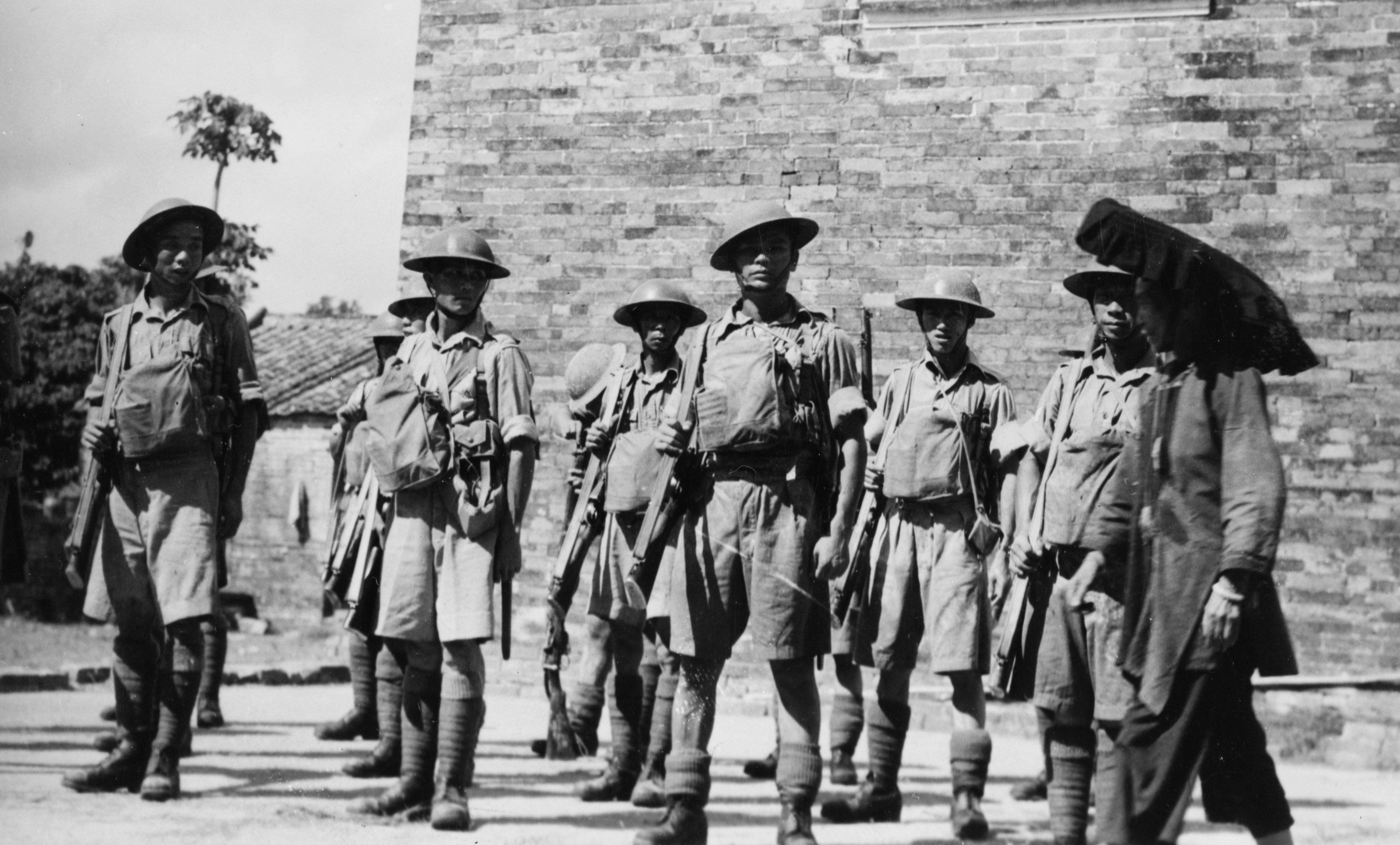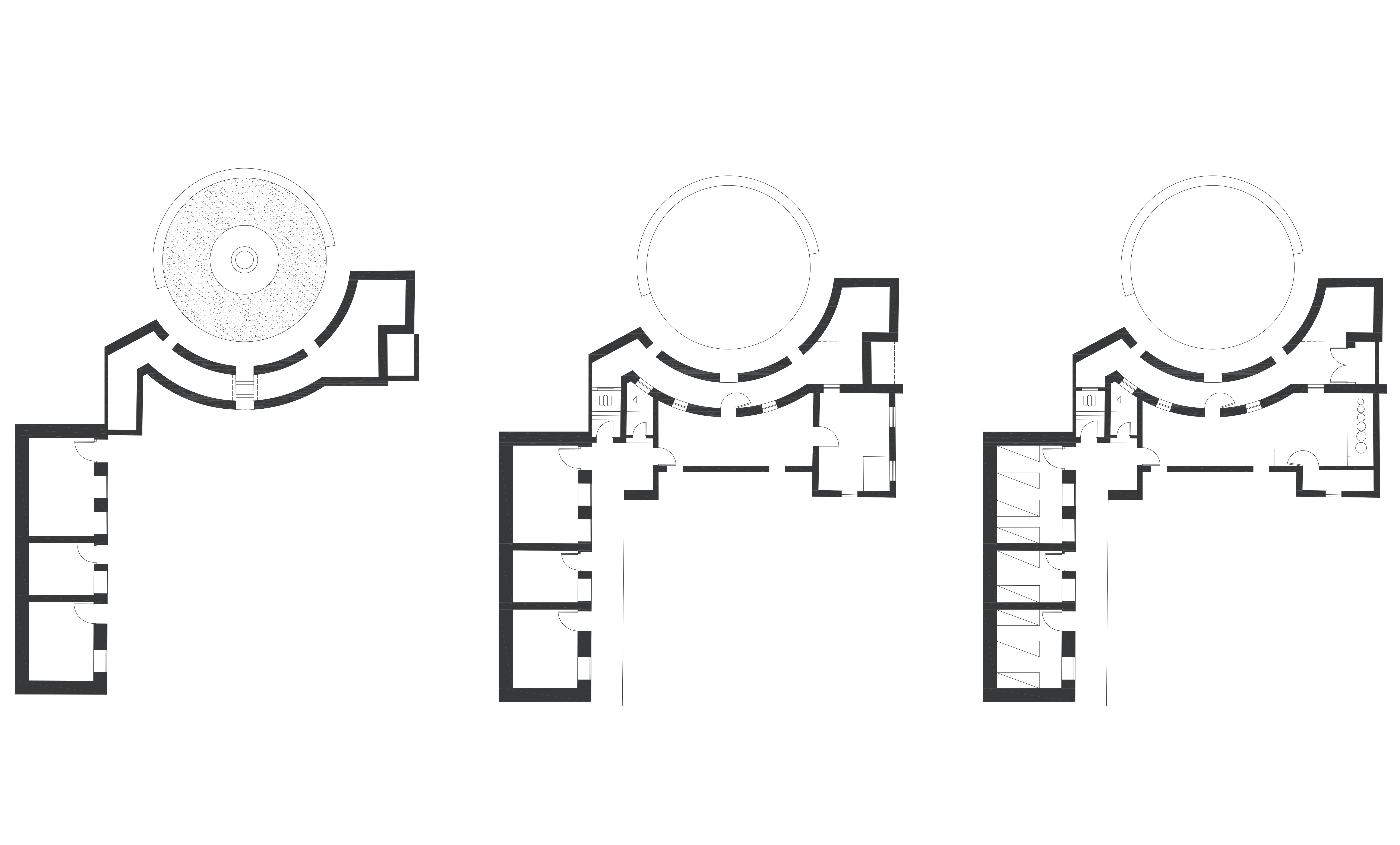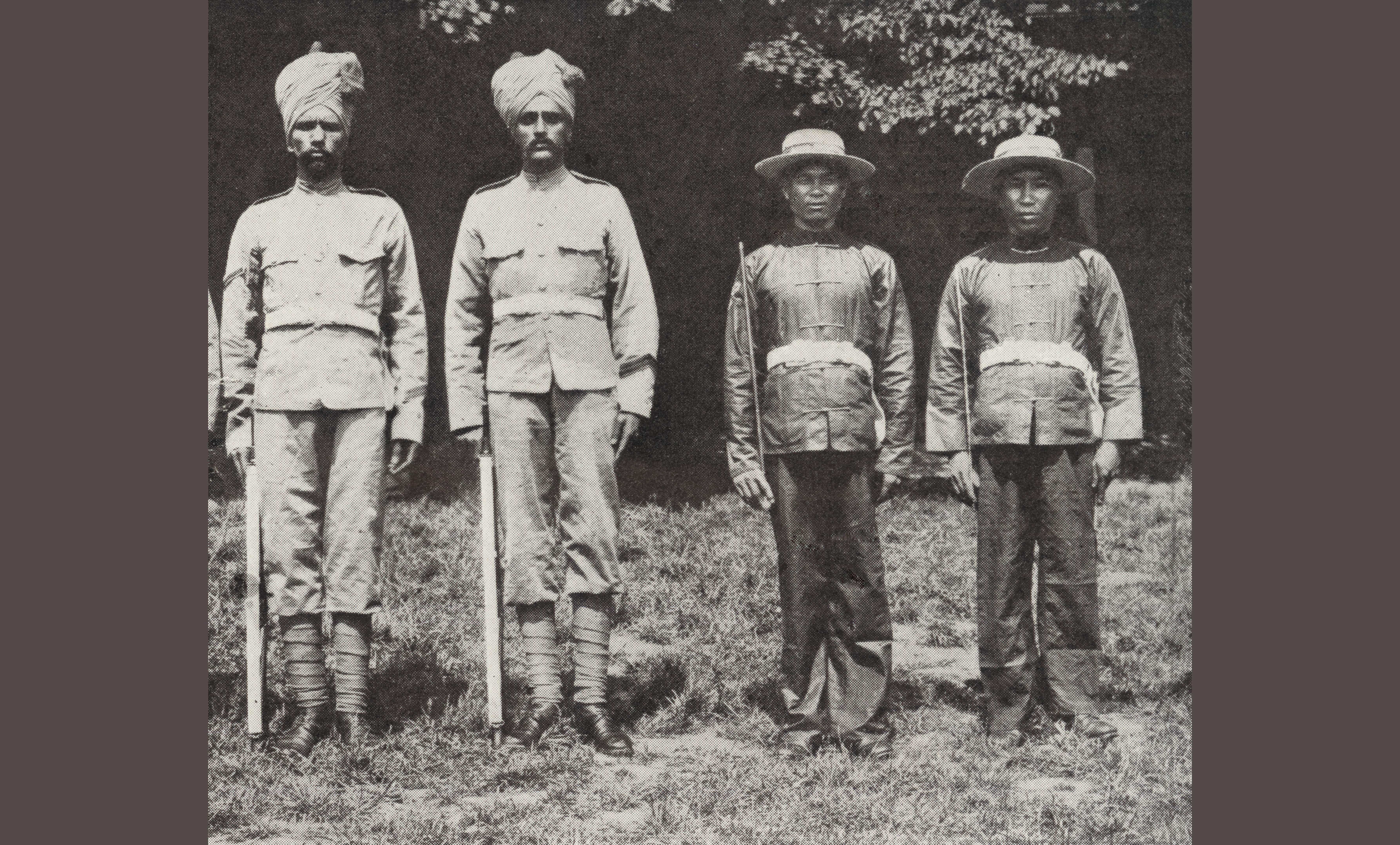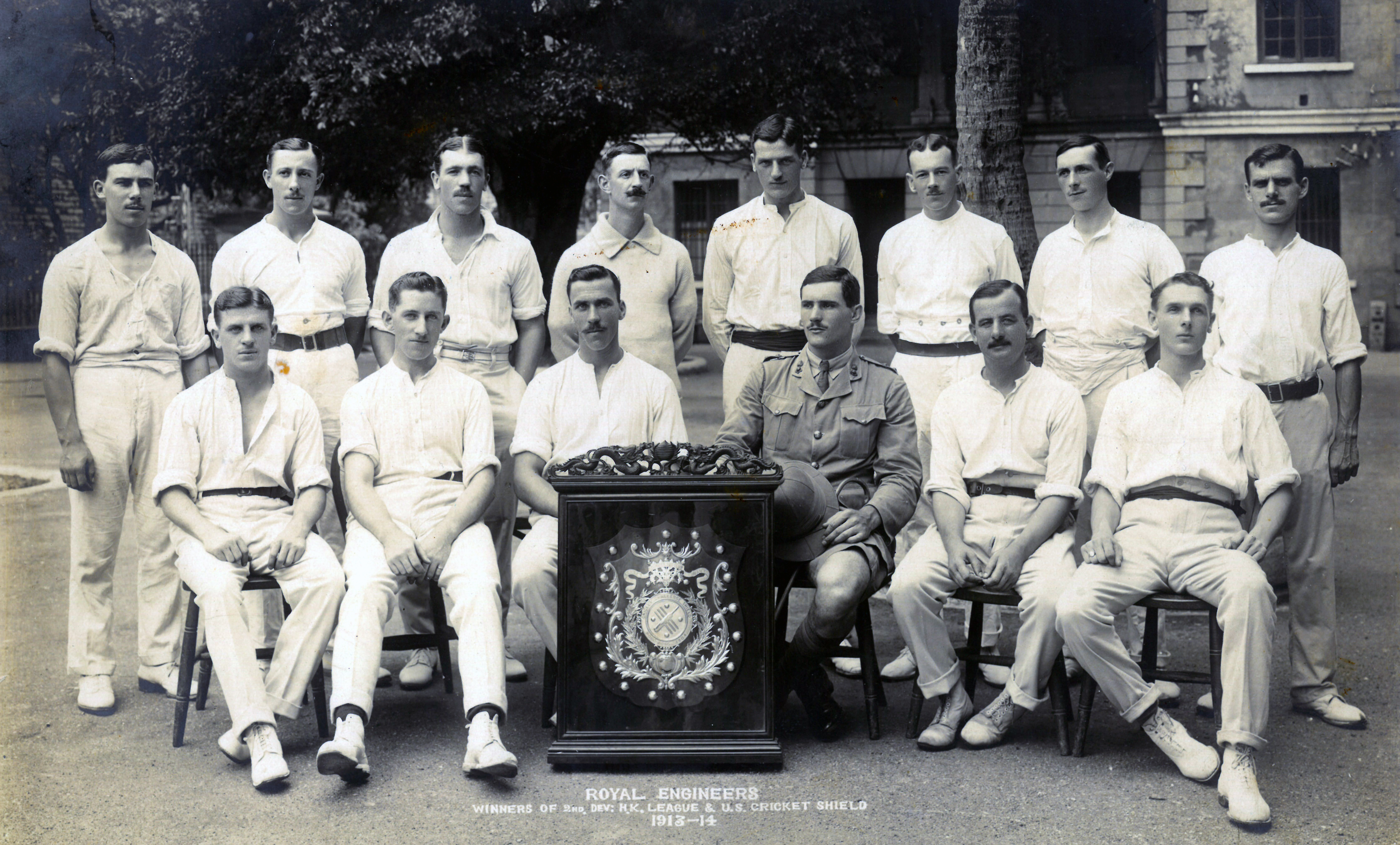Royal Engineers: THE MESS
1951 - 1961
Members of the British Army Royal Engineers (REs) were in Hong Kong from the beginning of the British presence here, as part of providing the colony with military defence. This included periodic encampments of REs on Mount Davis both before and after World War II. However the REs had a continuous presence at this particular site for only 10 years (1951-1961). It coincided with a period of particularly intense construction that helped Hong Kong cope with its burgeoning post-war population.
The REs were military units, created to build and destroy fortifications, improvise bridges for advancing armies, lay and remove anti-ship mines, and so on. The units stationed in Hong Kong saw little fighting, but they built many defence facilities – and made maps that were essential in both wartime and peacetime. Like their counterparts in many countries, the REs also often built civilian projects, particularly during emergencies.
In the early 1950s, Hong Kong’s soaring population far exceeded its available housing, and roads, sewers, as well as other infrastructure were strained. There were also devastating fires, typhoons, and other disasters, which often struck hardest at the densely packed, cheaply built homes of recently arrived refugees. Construction needs far exceeded what Hong Kong’s private sector could handle alone.
The increased presence of the REs also reflected strategic challenges that Britain faced in the 1950s. The independence of India, Pakistan, Burma, and other former colonies, beginning in 1947, meant that Britain lost its military bases in those countries, but it still had interests and military conflicts in Asia. A leftist insurgency in Malaysia continued for years (1948-1960), and British troops fought in the Korean War (1950-1953). The British also worried that the People’s Republic of China (PRC) might try to take Hong Kong by force.
The Victoria Road facility, after Nationalist soldiers had been resettled, required modifications of – and additions to – the site’s pre-existing buildings (blocks) from the Jubilee Battery period. The changes included a mess in Block A, which served as a mess and a place for off-duty REs to relax, and residential annexes in nearby blocks for single officers.
By the mid-1950s, however, severe budgetary problems made Britain eager to reduce its military presence in East Asia. Gradually, between about 1954 and 1960, the United States committed itself to defending Hong Kong in case of any attack. This reinforced Britain’s decision to downsize its forces here. And though Hong Kong still needed enormous amounts of construction work, a booming private sector was increasingly able to handle these needs.
For all these reasons, the size of RE complement of the Hong Kong garrison was reduced and it used the New Territories as its base from the late 1950s. There was less need for the Victoria Road facility, and after considering various possible buyers, the War Department sold it to the British Hong Kong Government, effective in 1961, for use by the Hong Kong Police Force.
